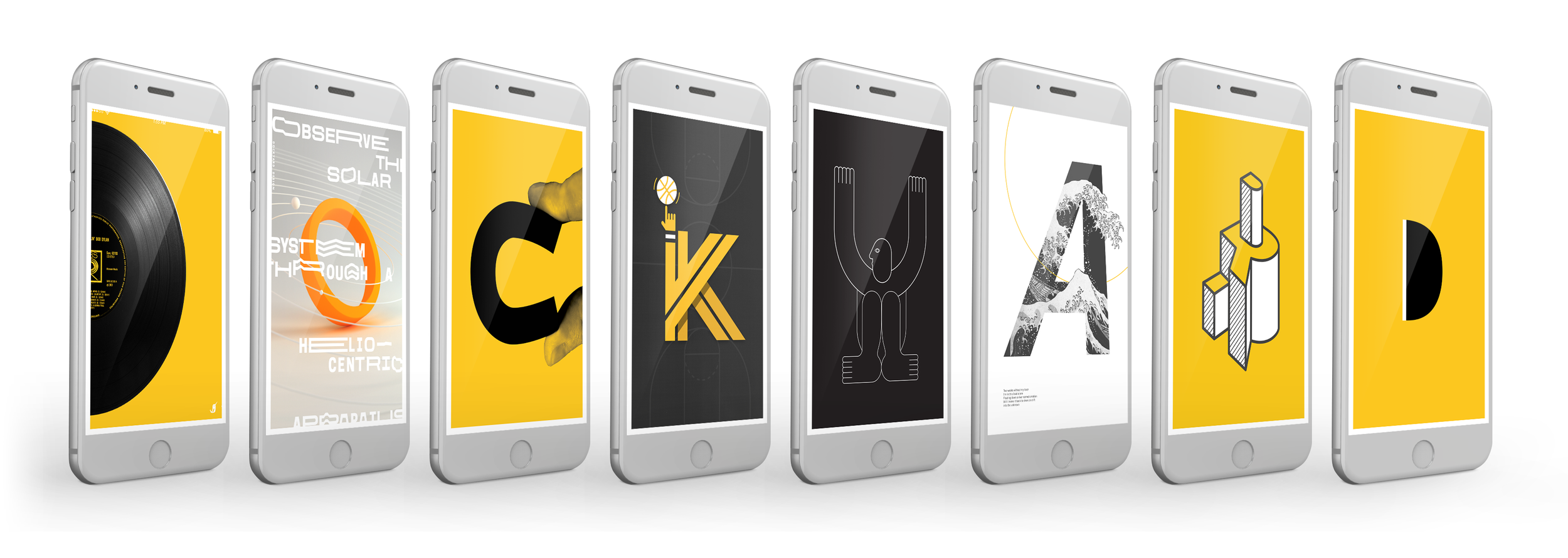originally posted on the dockyard blog, december 2018
DockYard Without Borders: Leading a Distributed Creative Team
DockYard is a fully distributed company. I lead our Product Design team, which employs 11 creatives spread across 8 states and 3 time zones. Other disciplines and clients, which we collaborate with daily, are even more dispersed.
DockYard is my first experience working with a fully distributed company. Though I can’t call myself an old-timer expert on the subject, I have found some remote leadership success with a few key practices.
Culture in a Long-Distance Relationship
In a way, our employees are in a long-distance relationship with one other (but with less bickering and fewer angst-ridden plane rides.) Because of this, it is highly important to cultivate an environment of respect to give feedback, share ideas, try new things, and fail freely. This leads to better communication, collaboration, and creativity.
Project Aristotle
A few years ago, Google wanted to analyze team effectiveness. Through an initiative dubbed Project Aristotle, the company found teams were more likely to succeed with employees who felt comfortable taking risks, free to express opinions, and ask judgement-free questions. Google refers to this as psychological safety. Along with that element, teams performed better with employees who are dependable, have clearly defined goals, and who felt their work was meaningful and impactful. DockYard strives to create an environment where those team dynamics can thrive.
Transparent communication
In order to foster an environment of transparent communication, it is important to instill trust and respect with each other. Radical Candorby Kim Scott is an amazing book that covers this topic. Initially, when I heard the concept of radical candor, I misunderstood. I translated it this way: “be aggressive, give brutal feedback and say everything that is on your mind,” but that isn’t it. Radical candor is about being honest with people that you care about, giving feedback, even tough feedback, often. Feedback should run down, up and sideways. Leaders need to receive feedback as enthusiastically as they give it. For most employees, it is not easy to give feedback to their managers. So, leaders need to ask for it. Welcome it. As Warren Buffet said: Feedback is a gift.
DockYard Fridays
Our Fridays are called “DockYard Days,” when employees are free to work on advancing themselves. This has proven to build great camaraderie among teams. On these days, employees are encouraged to educate themselves on a subject of their choice, work on their own design projects by themselves or in teams, or write blog posts, among other activities. We have created a few short design challenges where everyone plays a role to build something with a set theme. One was a design challenge during which each designer took one letter of DOCKYARD and created a poster.
Connection
One-on-ones
I conduct 30-minute one-on-ones with each product designer every week. This has become the cornerstone of my leadership process. The primary purpose is to develop a personal relationship with each product designer. It is not meant to be a status report meeting, though sometimes it is. It is important that the product designer leads these meetings, to discuss whatever they want. I can tell you, just about every one-on-one brings me valuable information. My predecessor, Maria Matveeva, turned me on to a series of podcasts called Manager Tools which helped me hone my process for one-on-ones.
Video cameras on
Distributed workers are at a disadvantage since we can’t see body language or other non-verbal cues that are key to communication. In most meetings, we use video chat and we have a rule: “turn on your camera.” At first, when I brought up this mandate, I felt a little like a scolding teacher but it has real advantages: Seeing even the slightest head nod or shake, picking up those non-verbal bits of communication, leads to better interaction. All is not equal though, and being in the same room is absolutely better. The other day, our team was discussing this, and Tim Walsh, one of our product designers, said he had recently considered unmuting so everyone could hear he was laughing at a joke someone had just told. Seems absurd, and it would have been awkward to unmute mid-laugh, but it illustrates how cues are much different over video chat.
Face-to-face
It is tough to create relationships with people that you have never met in person. DockYard has several get-togethers throughout the year to foster relationships among employees:
Local: I get together with DY Employees who live in Colorado every other month. We pick a place to work together, even though we aren’t often working on the same projects. Added bonus: we get to try new breweries regularly.
Department retreats: Once a year, each discipline plans a two- or three-day event. This year the design department went to Winter Park, Colo., for a few days. We biked the trails, drank beer people brought from their own favorite regional breweries, brainstormed ideas for the coming year in DY design, exchanged books, and laughed a lot.
Full-company: Once a year, we get together as a full company to hear about the year’s results, and look at objectives for the coming year, but mostly to see each other and have fun.
Design standups
For our weekly design team stand-ups, we have a volunteer host each week so the meetings don’t suffer from stale perspectives. In the past few months, we have discussed a wide-range of topics, including: ideas to elevate design at DockYard; quick sketch challenges; discussions about the best podcasts; each designer’s organizational practices and tools of choice; what we are all passionate about right now; and other subjects.
Show and tells
We have these on every other Friday. Designers show projects they are working on at DockYard or at home. It has been great to see people’s personal projects and how those shape their professional development.
Collaboration
Over-communication
One of the key (and surprising) benefits of remote working is that communication is substantially better. It tends to be more deliberate and direct. We don’t often suffer the classic time-suck “I’m bored and you look bored too, let’s chat!” conversations.
Be wary of “Looks good!”
When a colleague shares a design, it’s easy to say “looks good!” but what that throw-away phrase usually means is “No time. Nothing bad stands out.” We encourage our creatives to be more thoughtful, really tune in, and spend the extra time to give meaningful feedback. It is important to trust each other and be present when people share work.
Design pairings
Our designers are usually paired up with another designer on each project. It is up to them to decide how best to work together. Many have daily syncs. Continual Slack communicationon project-centered channels with each other and other disciplines helps keep lines of communication free and constant. Additionally, we rarely have a product designer working on more than one project at a time, unless it is for the same client. We have found that remote has its challenges, so over-committing people to multiple projects can get distracting and is ultimately less efficient.
Remote workshops
We are starting to explore how we can improve remote presentations and workshops. Still in the beginning stages of developing this, we have taken the first step of buying iPads and Apple Pencils, and testing out software for an upcoming client presentation.
Internal growth
During the upcoming year, we are going to pair up more on internal projects and focus on helping each other improve as product designers. Each designer is going to either add a new skill or dramatically evolve one they have.
In summary
Communication is key, and at DockYard we err on the side of over-communication. We have found that having daily stand-ups, plus real-time tools in Slack and video chat help keep everyone working together. Designers, UXDs (front end developers), engineers, and project managers all communicate with one other transparently. Leaders try to give constant, meaningful feedback, and employees know they’re welcome to speak up at any time.

